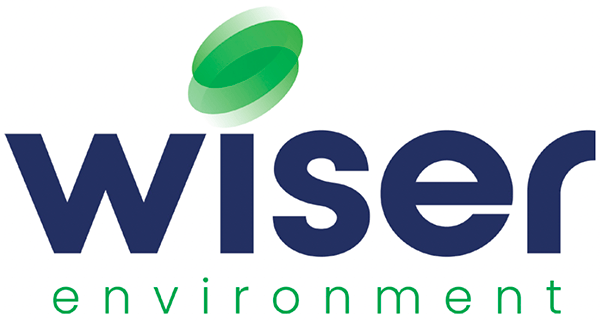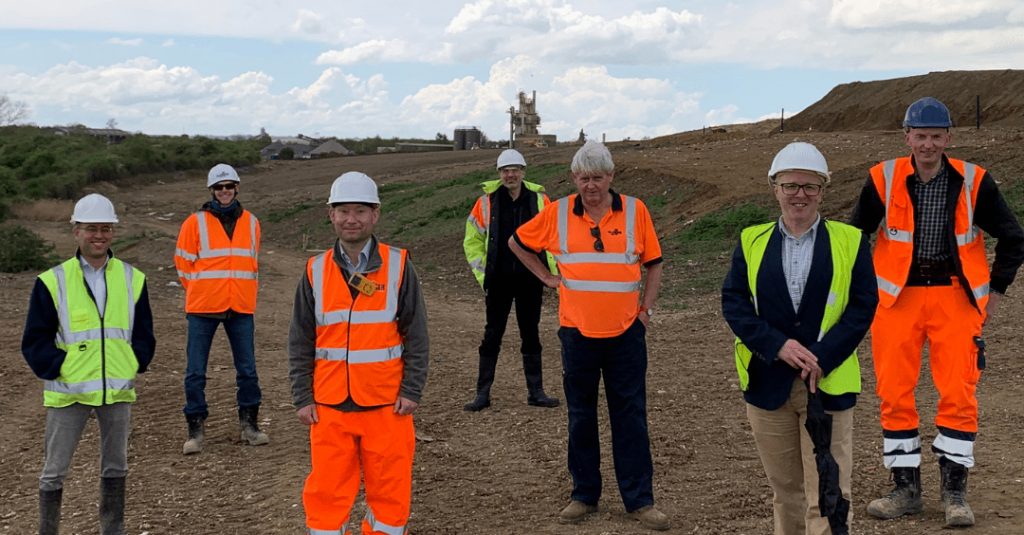On the 31st January 2021, the Environment Agency (EA) will remove RPS 211 and it will no longer apply. In turn, the EA will consider wastes excavated during unplanned utility installation and repairs as hazardous waste if not assessed. This will have a great impact on those who work closely with those sites.
Wiser Environment can help those who need support in classifying their waste in line with current regulations. The team can deliver an approved protocol for the classification and assessment of excavated utility wastes and determine the appropriate and most cost-effective means of treatment and disposal. To find out more, contact us or call on 01480 462 232.

Excavated Waste and the withdrawal of RPS 211 could also impact operators that handle concrete, bricks, soil and stones.
RPS 211 for excavated waste
Prior to its removal, the Regulatory Position Statement (RPS) 211 allowed producers of excavated waste – from unplanned excavations or repair works – to classify up to 10m³ as non-hazardous. Such works often produce concrete, bricks, tiles and ceramics. The RPS helped those who produce, transport or dispose of small volumes of excavated waste to avoid the burden and cost of classification.
In fact, the RPS 211 streamlined regulation for those who needed to undertake small excavations for unplanned street works and other utility repairs. The only conditions utility companies needed to follow was a selection of EA terms. At first, they had to describe their excavation’s waste as ‘not assessed and classified in reliance of RPS 211’. Then, send it to a permitted site and ensure that there is no harm to the environment.
Removal of RPS 211
As of 31st January 2021, the EA will remove RPS 211. As a result, those small excavation works will need to: (i) either classify waste as hazardous or (ii) take action to avoid a hazardous waste classification. Going further, the same classification will also apply to wastes that have been stockpiled under RPS 211. Generally, disposing of hazardous waste is far more expensive than inert or non-hazardous. Hence, the appropriate classification will have an impact on the cost of street works.
Either classify waste as hazardous or take action to avoid a hazardous waste classification.
Landfill tax
To illustrate, the HMRC uses the landfill tax to discourage sending hazardous waste to landfill. Here, they intend to encourage efforts to minimise waste production and develop recycling and recovery options. Above all, the landfill tax applies to all waste sent to landfill.
There are two landfill tax rates: a standard and lower rate. The lower rate applies to inert wastes. To put it another way, the lower rate included excavated inert wastes under RPS 211. As RPS 211 is ending, such wastes would be seen as hazardous and sent to landfill under the standard rate. When compared to the lower rate, the standard rate involves an increase in costs by a factor of 30. Instead of facing a vast increase in tax fees, the team at Wiser suggests that excavated waste sites take a different option. Avoid the pricey standard rate tax by testing and proving the waste is non-hazardous.
HMRC landfill tax rate 2018 – 2020
| Rate from 1 April 2020 | Rate from 1 April 2019 | Rate from 1 April 2018 | |
|---|---|---|---|
| Standard rate | £94.15/tonne | £91.35/tonne | £88.95/tonne |
| Lower rate | £3.00/tonne | £2.90/tonne | £2.80/tonne |
Obtain an Environment Agency approved protocol
Moving forward, the EA expect those who handle excavated waste to design an approved assessment protocol. In other words, the EA want sites to use an agreed sampling and testing plan. This plan will note as to what counts as a representative sample. The team at Wiser can help sites achieve an easy-to-use approved protocol for their excavated waste. For more information – contact us.
Once the plan is agreed to, Wiser can also help sites begin to classify their waste. First, samples are collected from the excavated waste pile. Then, Wiser will test those samples in one of our EA approved partner labs. The results will show the composition of the sample and its non-hazardous status.
After proving the sample’s non-hazardous nature, Wiser can also help sites demonstrate its inert status. This is also known as a WAC test. The waste needs to be inert. This is because only inert wastes can be sent into landfill at the lower rate.
Support from Wiser
The team at Wiser Environment has extensive experience in this field and can help businesses find a cost-effective solution. Wiser’s support can ensure excavations can continue to maintain compliance and stay up to date with legislation. For more information, contact us or call on 01480 462 232.


